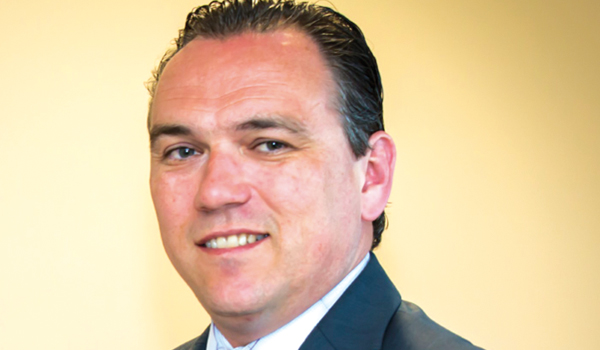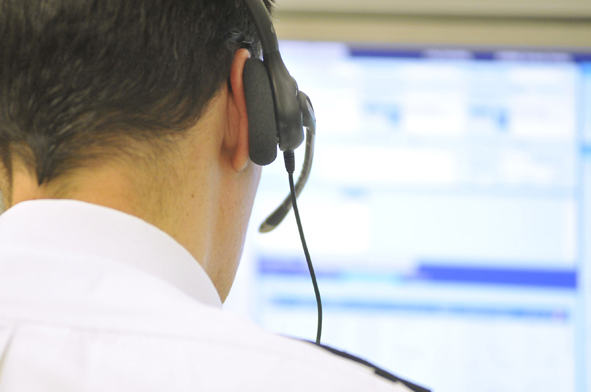Turtle Mike technology bridges communications systems
Recent two-week field tests in the US of a hybrid public safety microphone or Turtle Mike allowed law enforcement, medical, fire and rescue and public works personnel to merge land mobile radio (LMR) and broadband systems to enable first responders to communicate with each other.

Recent two-week field tests in the US of a hybrid public safety microphone or Turtle Mike allowed law enforcement, medical, fire and rescue and public works personnel to merge land mobile radio (LMR) and broadband systems to enable first responders to communicate with each other.
Turtle Mike allows users to switch between LMR and broadband networks by pushing a single button on the shoulder microphone.
The programme is being developed by the US Department of Homeland Security (DHS) Science and Technology Directorate (S&T) to keep lines of communication open, separate and clear between multiple responding organisations in order to simultaneously coordinate victim care, prevent further injuries and ensure available resources.
Funded by S&Ts First Responders Group (FRG) at the request of DHS US Customs and Border Protection, the Turtle Mike bridges these normally stand-alone systems and offers a platform that links different systems together.
FRG telecommunications specialist Tom Chirhart explained that during an emergency, first responders, medical teams and other supporting elements use standard LMR radios, which have limited frequencies and bands, and augment them with smart devices using cellular broadband networks. As these LMR and broadband systems operate independently of each other, the Turtle Mike allows responders to create a teleconference platform that can be accessed by both of these systems.
The Turtle Mike takes the conversation off the frequencies and bridges them together, said Mr Chirhart. You can talk radio-to-radio or broadband-to-broadband or radio-to-broadband. It connects everyone together.
The hardware solution can be added to any existing LMR system to provide access to cellular networks and the Turtle Mike app can be downloaded onto any smart device. The app allows first responders to access LMR channels and set up separate broadband conferences on cellular networks from their smartphone device. These supplemental broadband conferences allow first responders to create unlimited separate conferences that can be tailored for each incident.
If you have an incident, there are many different people who have to communicate at the same time on the same system, said Mr Chirhart.
The Turtle Mike allows direct contact easily between police, medical and fire responders and the hospital using different communications equipment; this is vital.
For instance, he explained, during an emergency, multiple response efforts happen simultaneously. At the onset of an event, onsite fire and law enforcement responders coordinate with hospitals and emergency medical personnel to arrange victims care and transportation. Simultaneously, they must also coordinate with other law enforcement to close roads and re-direct traffic as needed. Using only LMR, as multiple conversations happen simultaneously, these first responders could run out of channels or participants could become confused. The Turtle Mike allows each of these entities to create a separate teleconference, keeping the conversations separate from one another.
Following the test, engineers immediately began developing solutions to shortfalls identified by the end users. The tests also produced several successes, including identifying when participating hospitals lacked sufficient LMR coverage, but the broadband coverage worked fine, Mr Chirhart said. By using the Turtle Mike, participants were able to extend communications coverage using the cellular network.
Some radio bands do not have the signal penetration in buildings that others do, explained Mr Chirhart. The signals bounce off or are absorbed by the structure. Because broadband frequencies are higher, they have better signal penetration in densely-constructed buildings.
Phase one laboratory testing is currently concluding at the Public Safety Communications Research Program in Boulder, Colorado. If the Turtle Mike solution is successful and approved, phase two testing with actual DHS users will take place next year. During phase two, S&T will up



